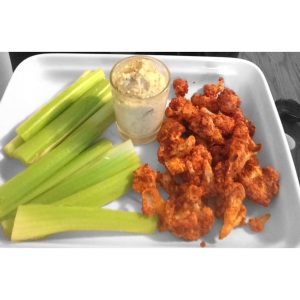Maybe I’m not as smart as I’d like to think of myself, but all of the information out there gets extremely overwhelming for me. There’s a new fad too often to keep up with. Someone will raise a topic or cite an article that’s out this week and I go into a frenzy trying to recall resources or fact check if/how that could possibly be right?! It can have me constantly second guessing my own insight and knowledge about nutrition. I’m no expert, and currently I’m officially a student, but I will ALWAYS consider myself learning and growing, but ultimately what I need to be open to learning about is the person I may be consulting with. Every person is different. Through my own experience I have learned that my best resource is my own intuition about my body. I can’t have a voice for everyone who sits across from me, they have to tell me themselves how they’re feeling and further than that I can only give general guidelines.
Maybe I’m not as comprehensive as everyone else, but my experience and this realization … and one lonely night on the couch with a glass of wine and the wise words of Michael Scott: Keep It Simple Stupid … has lead me to my underlying approach: keeps things basic. Things really should be simple. While everyone has a different biochemistry, it’s true that none of our bodies will respond well to pesticides, preservatives, and other chemicals.
I also know that in today’s world there are countless harmful pollutants, many of which I can’t or are harder to avoid on a daily basis. Hey, sometimes I drink out of a plastic water bottle. I breathe our polluted air. I take ibuprofen when I have a headache. One thing I can help for my health, are the chemicals I ingest in my food. And that’s actually a huge difference, so I’ll take it.
Choose produce that hasn’t been treated with pesticides. Choose eggs, dairy, meat, poultry, and seafood, that haven’t been treated with antibiotics. Choose grains that haven’t been processed. If you don’t recognize an ingredient on the label, your body won’t either. It should simply be simple to read.






